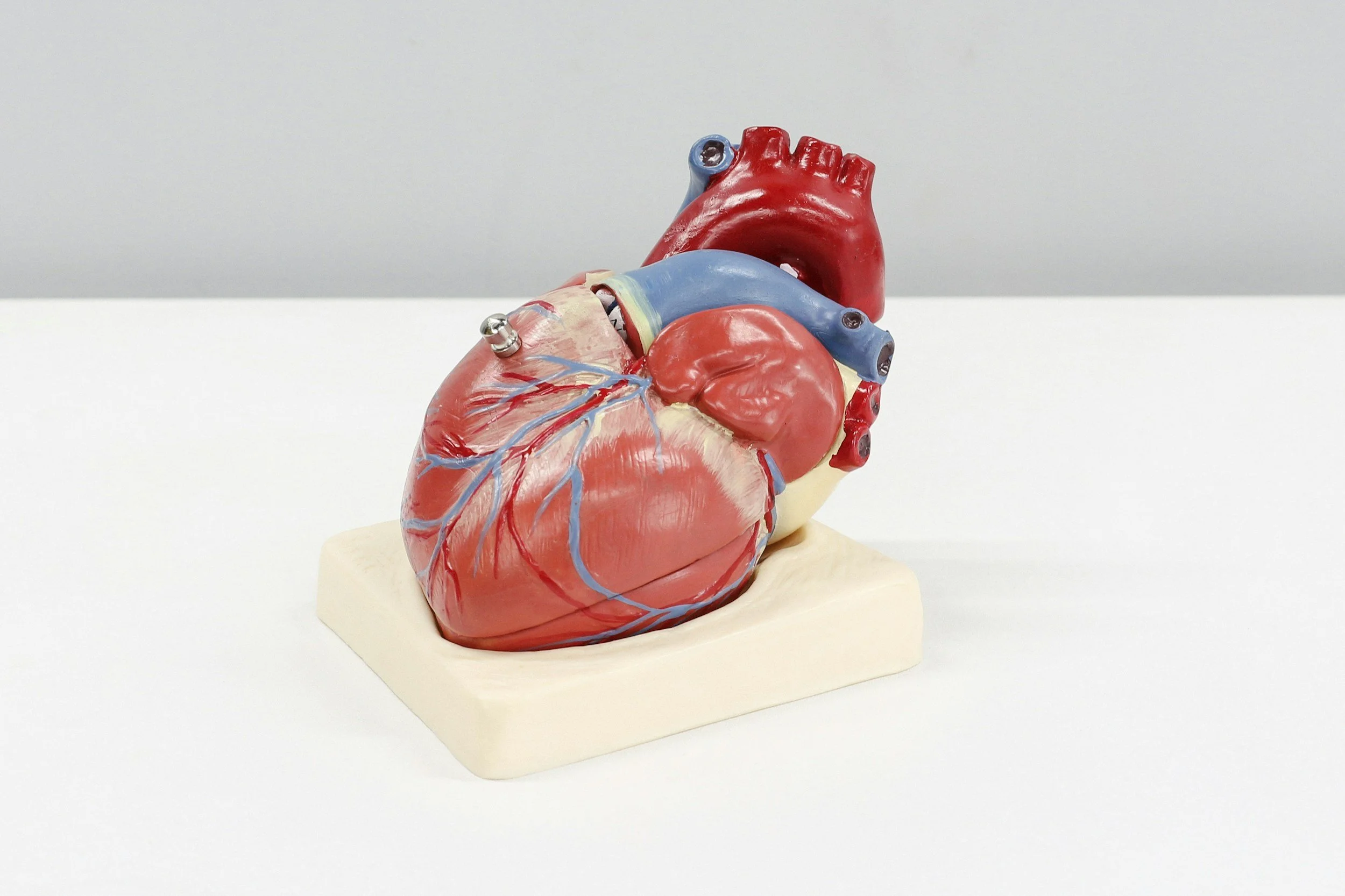10 Reasons to Add Cardio Exercise to Your Routine
When it comes to weight loss, we talk a lot about strength training here at TeleHealthNP. While we still firmly believe that strength training and building muscle is essential to your health and wellness, we don’t want you to forget about the flip side of exercise — cardiovascular exercise!
Cardio, once the most popular method to drop pounds, does burn more calories in the same time when compared to strength training. However, the health benefits of cardio go much further than that, including heart and brain function, digestion, and immune system strengthening.
Read on to learn all about cardio exercise and ten ways it can help you find the healthiest version of you!
What is Cardio Exercise?
The word cardio is short for cardiovascular, which refers to your heart and blood vessels. Cardiovascular exercise, or cardio for short, refers to any exercise that raises your heart rate.
The goal of cardio is to raise your heart rate and increase your breath higher and faster than it is at rest. The main benefit of raising your heart rate and breath is that it gets your blood pumping faster, carrying more oxygen from your heart throughout your whole body.
The secondary function of this increased blood flow is that it also carries away waste products like carbon dioxide and lactic acid in addition to bringing oxygen to your muscles and organs.
Types of Cardio Exercise
There are many ways to do cardio, and really, anything that raises your heart rate can be considered cardio. However, a good workout involves a concentrated effort to sustain that raised heart rate for a given period of time.
Here are some examples of common forms of cardio:
Running, jogging, or power walking
Dancing
Rowing
Cycling
Swimming
Jumping jacks, burpees, or mountain climbers
Skipping rope
Many of these exercises can be easily achieved in a home setting or with minimal equipment, making it easy to get in cardio no matter where you are or how much space you have!
How Cardio Exercise Impacts Your Health
Cardio is great for your health, and the benefits aren’t limited to weight loss! Cardio can have a positive impact on your heart health, digestion, immune system, and even mood.
Let’s talk about all of the ways cardio exercise benefits your health!
1. Heart
Just as we discussed before, the word cardio refers to you heart, so its no surprise that it benefits your heart health! Raising your heart rate during cardio helps to increase the blood flow and oxygen to your body, but it doesn’t stop there.
Regular cardio exercise can help decrease your blood pressure and resting heart rate, meaning your heart doesn’t have to work as hard when you are at rest. Cardio also impacts your cholesterol, improving the good (HDL) cholesterol and clearing the bad (LDL) cholesterol from your blood.
Improving your heart health will also help you to live a longer life, decreasing your risk for heart disease or cardio events like heart attacks.
2. Muscles
Here at TeleHealthNP, we often sing the praises of strength training to build muscles, so you may be wondering how cardio could also benefit those muscles.
It all comes down to your heart and the increased flow of blood and oxygen throughout your body. When your body delivers this oxygen to your muscles, it also carries away the carbon dioxide and lactic acid waste they produce.
This process helps your muscles to work more efficiently and when you exercise regularly, your muscles start to adapt. Eventually, your muscles are used to this increased intensity, and everyday movement becomes easier.
3. Brain
One important benefit of cardio that should not be overlooked is how it protects your brain as you age, reducing the risk of dementia or Alzheimer’s disease, decreasing your risk of stroke, improving your memory, and slowing the brain tissue loss that begins at age 30.
Enough said.
4. Weight Loss
While building muscle through strength training helps to increase your overall metabolism and burn more calories, don’t count cardio out when it comes to weight loss.
Increasing your heart rate and working up a sweat helps to burn more calories while your body is working, meaning you burn more calories in a single workout when doing cardio exercise.
When paired with a calorie deficit, adding cardio to your exercise routine can help to increase your weight loss and get you closer to your goals.
5. Joints
Cardio exercise works the small muscles that support your bones and joints. By strengthening these muscles, your joints are better able to support your body weight, decreasing your risk of injury and pain you might feel.
Cardio strengthens your bones, reducing the risk of osteoporosis and decreasing the effects of discomfort from arthritis, actually increasing your range of motion.
6. Mood
Doing cardio exercise causes your body to release a hormone called endorphins, which are a natural painkiller to counteract muscle fatigue and soreness, but which also helps to give you more energy and boost your mood.
A better mood isn’t limited to just after your workout, though. Studies have shown that regular exercise can actually help to stabilize your mood and relieve symptoms of depression.
7. Immune System
All of these little benefits like reduced stress, better sleep, and increased circulation add up to one very important benefit — a healthier immune system.
Not only does cardio increase your circulation, but it also increases your white blood cell production which directly impacts the strength of your immune system.
There is an upper limit to these benefits though, as overexercising can actually have the opposite effect, so make sure you are building adequate rest periods into your routine!
8. Skin
The increased circulation due to aerobic exercise also helps your skin! Better blood flow helps reduce the signs of aging and can even improve your complexion. Additionally, lower stress levels can help to improve chronic skin conditions like eczema or psoriasis.
9. Blood Sugar Regulation
Cardio exercise improves your muscles, making them more efficient at using blood sugars for energy, and even lowering your blood sugar for up to 24 hours after a workout.
Additionally, cardio draws on existing sugar in your muscles and liver, helping to clear excess sugar from your blood. Finally, cardio helps to increase insulin sensitivity, decreasing stress on your pancreas and reducing the chances of you developing type 2 diabetes.
10. Sleep
Cardio done during the day can help you to improve quality and quantity of sleep, helping you to fall asleep faster and increasing REM sleep.
Regular exercise is great for sleep, but try to avoid dong vigorous workouts too close to bedtime, as the endorphins can increase your energy, making it harder to fall asleep. To avoid this, try to finish your workout at least two hours before bedtime.
How Much Do You Need?
Now that you know why you should be doing cardio, you may be wondering how much you really need to reap the benefits.
According to the American Heart Association, you should aim for 150 minutes of moderate exercise or 75 minutes of vigorous exercise per week. This can look like getting in a 30 minute workout five days per week for most people, but do what you need to make exercise work for your schedule.
The main goal is just to sustain a raised heart rate most days of the week, whether it’s a brisk walk, intervals on the treadmill, or a dance class.
The best way to start and maintain an exercise routine is to find a form of exercise you genuinely enjoy and want to do. What’s your favorite way to get your blood pumping?
References:


